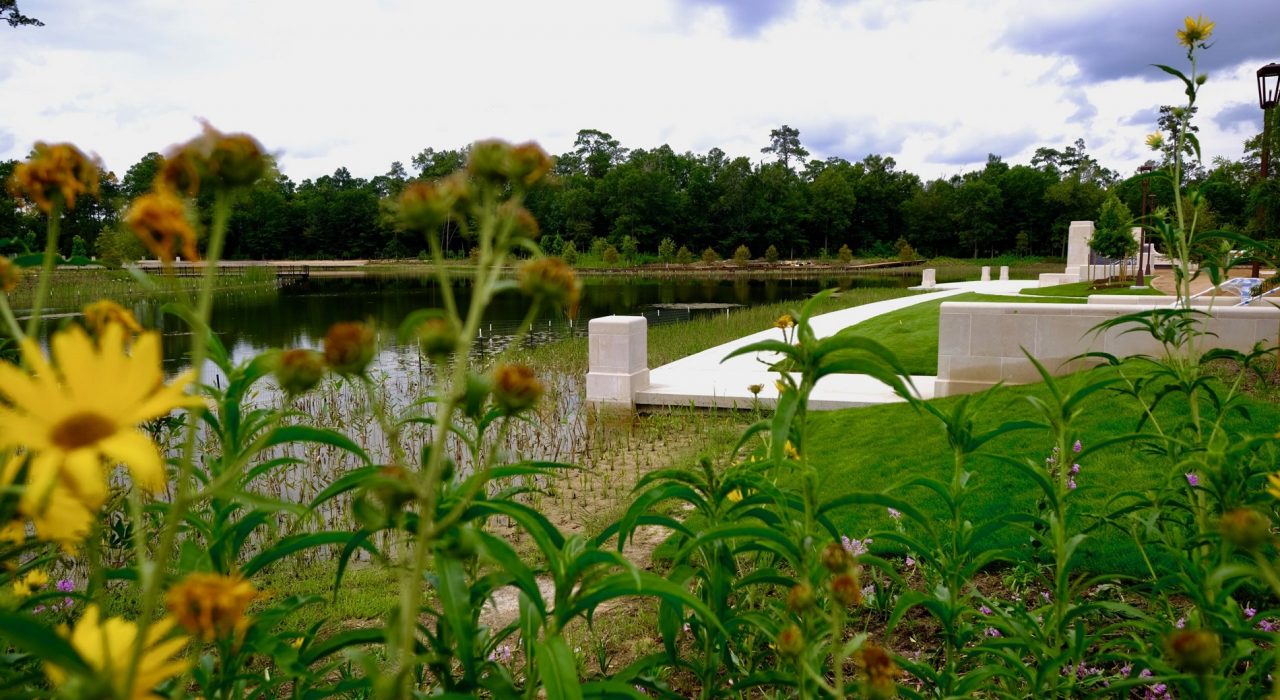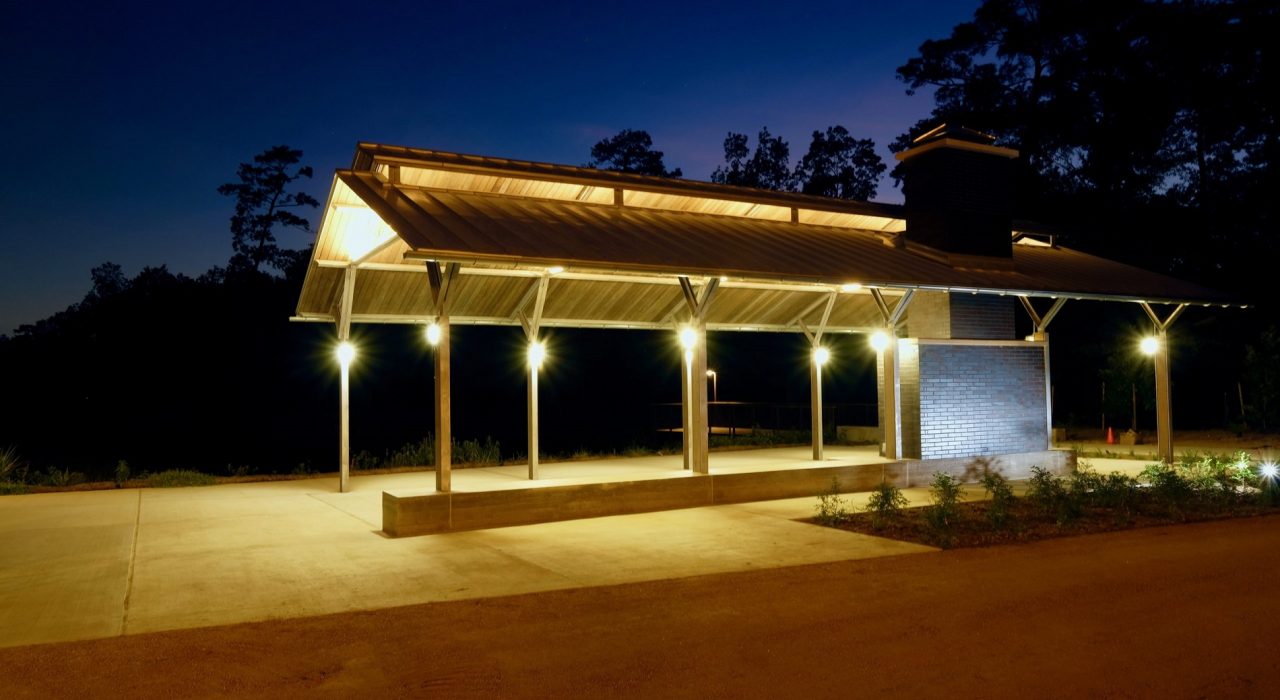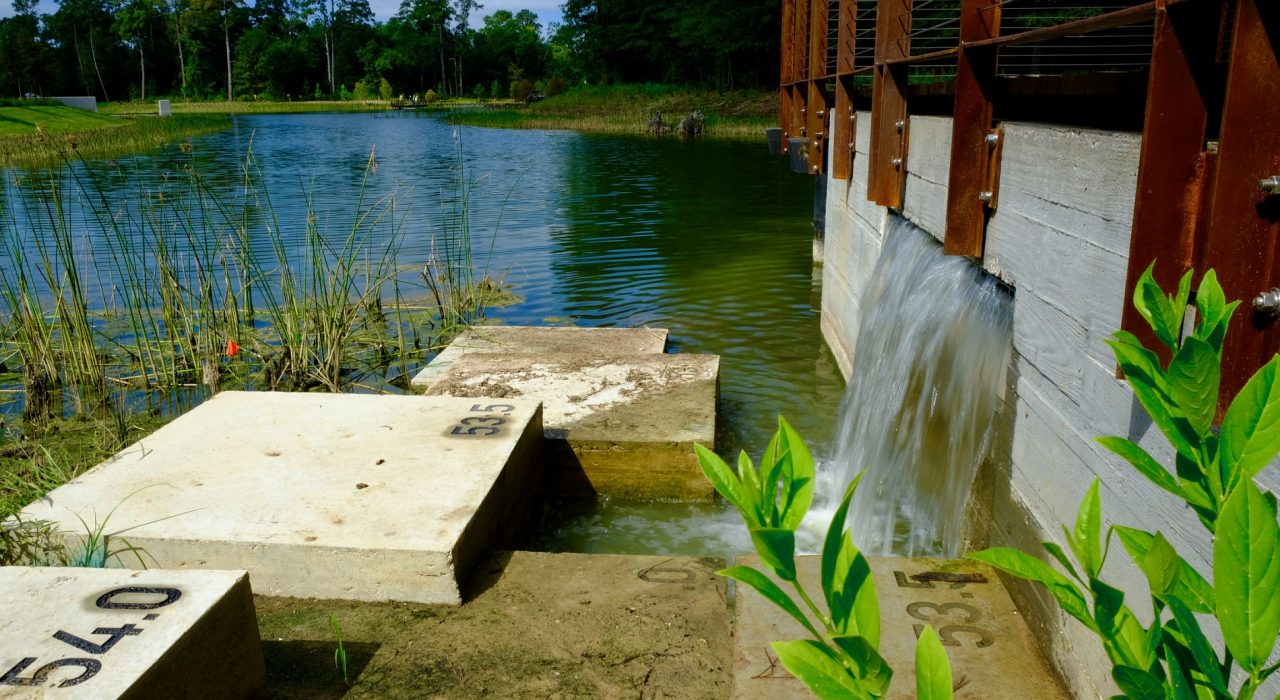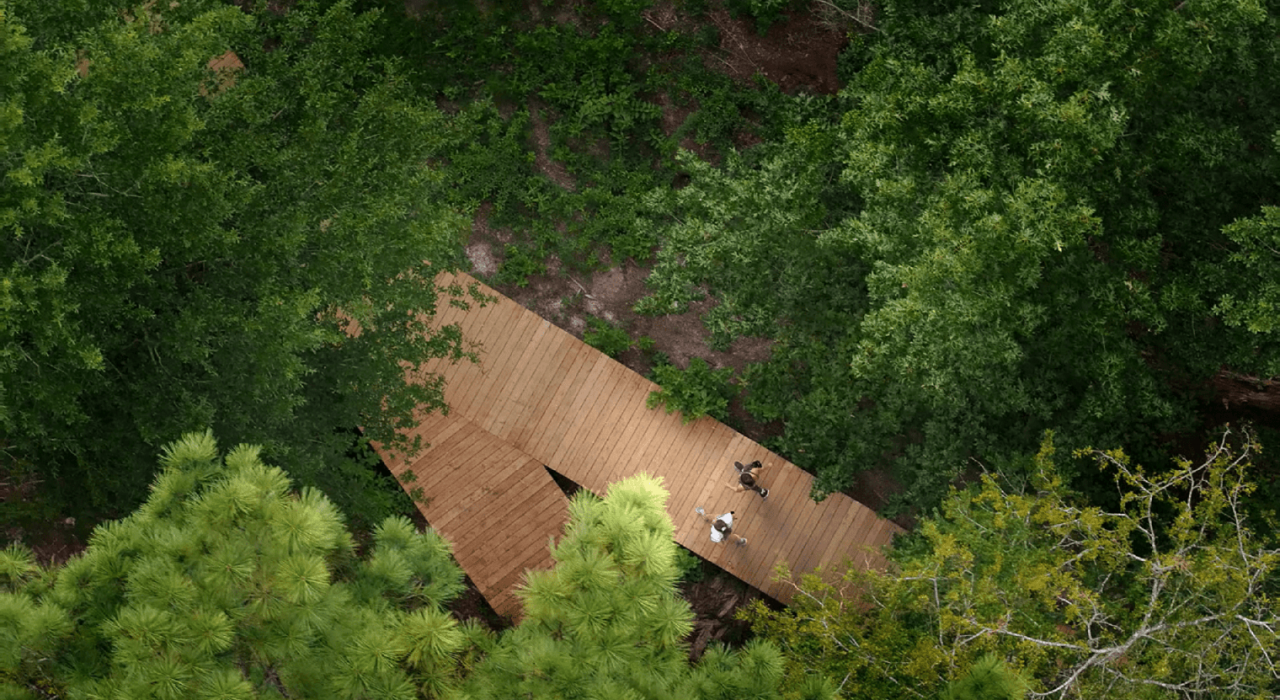Case Study
The Memorial Park Conservancy Master Plan focuses on connectivity and access, protecting and enhancing the Park’s green infrastructure, preserving natural resources, revealing Houston’s history, and improving recreational assets and amenities for all Park visitors.






Previous
Next
Memorial Park Conservancy Master Plan
OVERVIEW:
Memorial Park, encompassing over 1500 wooded acres near downtown Houston and bounded by Buffalo Bayou on its southern edge, is unique among urban parks in its size, location, and quality of natural features. Aside from the Park’s most desirable attributes, it is also rich with both cultural and natural history. The challenges facing the Park’s ecology had reached a breaking point.
Nicholas began his work with Memorial Park Conservancy (MPC) in 2013. The organization was just starting an exhaustive master planning process, and Nelson Byrd Woltz Landscape Architects (NBW) had been selected to lead the design effort. Nicholas led the Conservation apparatus, which included Urban Forestry and Arboriculture, of the planning team.
“To me, restoration ecology is the fruit of looking very carefully at the way a system functions. It’s not trying to envision an Edenic stasis of an ecology frozen in a moment of prehistoric time, but rather recognizes that an ecology is in constant evolution and movement."
- Thomas Woltz
Thomas Woltz
“To me, restoration ecology is the fruit of looking very carefully at the way a system functions. It’s not trying to envision an Edenic stasis of an ecology frozen in a moment of prehistoric time, but rather recognizes that an ecology is in constant evolution and movement.”
View the Project
CHALLENGES:
NBW’s “restoration ecology” approach to landscape architecture was a perfect fit for Nicholas’s skills and abilities. Houston had just come through its driest and second hottest year on record. By 2013, the forest structure of Memorial Park had changed dramatically due to cumulative ecological impacts that included;
- The Park was above its sustainable carrying capacity for biomass
- Texas had experienced nearly three years of severe drought
- Hurricane Ike had injured many of the already stressed trees
- Catastrophic pine beetle infestation had killed most of the overstory
- The almost 80% canopy mortality left standing hazard trees and created severe fire danger for the park users and surrounding residences
- Invasive plants had successfully taken over the understory
- The Park had seen no relief from the estimated 10,000 users per day and 55,000 motorists passing through
RESULTS
Houston City Council unanimously approved this Master Plan in 2015. Guiding principles of the Memorial Park Master Plan include:
- Restoring the Park’s ecological systems and creating greater resiliency
- Reconnecting the Park’s land, waterways, trails, and people
- Consolidating compatible uses together in appropriate areas
- Tending to the land and the Park’s cultural history, maintaining balance through responsible management
- Enhancing the overall Park experience and amenities
Phase I began soon after Houston City Council’s approval. RemyMahl Forestry was birthed during Phase I implementation. The Memorial Park Master Plan is an undeniable success. The project is certainly a massive collaboration but Nicholas and RemyMahl’s design influence and recommendations have continued into implementation.
